|
It is estimated that there are as many viruses on our planet as there are stars in the universe. So when it comes to surviving these pesky and invisible little critters it looks like we are in for a long fight.
If you decide that a 99% chance of survival (with the current one) is just too much of a risk for you then you have two choices. Take one of the experimental, supposed immune-boosting shots on offer, or trust your own immune system. (the one that has helped humanity survive through about 10,000 generations so far) With either choice, your best bet though is to be healthy and as far as possible, irradicate any underlying health conditions that may be lurking. How do we achieve and maintain a healthy immune system? Perhaps a better question would be - what might be harming your naturally healthy immune system in the first place? Well aside from mounting evidence that statins and the annual flu jab might be lowering immunity to the current headline-grabbing virus, what else? elucidate the covid 19 pandemic Stress is a big one. Stress in the form of fear, isolation, financial pressure, and lack of personal agency. How do we combat this when world governments seem determined to keep us in a permanent state of fear and uncertainty? Switching off the mainstream news outlets is one solution. Seeking alternative opinions and taking the trouble to understand the real threat from Covid 19 may help you begin to feel a little less worried about your impending mortality. There are of course many more threats to our ongoing health than the current virus, but again the more you know about them, the more personal control you can take over your own destiny. Here is why you should not believe that governments, the food industry and Pharma companies have your best interests at heart Chemical Farming & The Loss of Human Health So if your New Years' resolution was to do something to boost your immune system then here are a few things that may be of interest to you. Before you start Before embarking on any type of journey it's essential to know where you are starting from. A lifestyle change is hopefully a journey to greater wellbeing. So when, in early 2021, I decided to look at my diet and exercise regime, I didn't just want to guess what changes I should make. I wanted to know precisely where I was starting from, what I was doing well, and what I might be lacking in terms of minerals and micronutrients. For this, I used a company called MineralCheck. For £70 they sent me a pack in which I deposited a hair sample (the most challenging part in my case was finding enough hair). Two weeks later I received a 12-page report highlighting:
Mineralcheck - Hair tissue mineral analysis Suggested source: https://www.mineralcheck.com Some other useful links: About the spike protein Spike Protein Detox Guide To help mitigate the harmful effects of the spike protein either naturally occurring from the virus or artificially induced via the mRNA vaccine, these supplements are well researched and recommended Andrographis About Andrographis Suggested source: caleysapothecar Pine needle tea Suggested source: naviorganics.uk Immune health To keep the immune system working at full revs, have a look at introducing or increasing your intake of the following: Vitamin D3 & K2 Suggested source: bronsonvitamins.com Calcium, magnesium & Zink combined Suggested source: solgar.co.uk Just magnesium Suggested source: zeinpharma Gold A-Z multivitamin Suggested source: healthspan Disclaimer We do not wish to cause any harm whatsoever nor do we wish to be sued for giving unlicensed or unqualified advice. The information and opinions given above are based on personal experience and should be treated as such. If you chose to follow any of the suggestions for supplements please do so after conducting your own due diligence and proceed at your own discretion.
0 Comments
As any manual therapist will tell you, living, conscious tissue looks, feels and behaves very differently from what is described in the pages of anatomy textbooks.
Of course, we have long had machinery that can see into living bodies. Ultrasound scanners, X-ray, MRI, cannot detect important connective tissue restrictions. Fascial layers that are stuck together or under too little or too much tension do not show up. What about living biopsies and surgery, surely these will have thrown some light on the subject? Nope, anything that involves cutting, fundamentally changes the architecture of fascia. However, in the last few years, Confocal-laser microscopy and tiny remote control cameras have made it possible to see beneath the skin. So that we can now observe the working structure and fluid dynamics of living fascia. And this is how (at last) it was officially confirmed that fascia is, in itself, interesting enough to be designated an organ. As usual science takes a while to catch up truly visionary thinkers and biochemist Dr. Ida P Rolf was certainly one of those. She was telling her students about the importance of healthy fascia and how to work with it way back in the 1940s. To be fair, fascia has been a focus of scientific inquiry for a small band of pioneers for over a decade. Each year the fascia research congress brings together scientists from around the world to share their ideas and new discoveries.
I attended the last fascia congress in Berlin in 2019 and so would like to share with you some of the highlights. So here we go with •••
NINE
Current thinking about human evolution says that we began life in the sea. Fish to amphibian to mammal to ape to homo sapien. WInterestingly, our interstitial fluid has the same chemical makeup as seawater. So, it seems that we came from the sea but brought the sea with us, inside our fascial matrix. On many levels, our lives still move to the rhythms of the moon, the stars, and the oceans. The latest research seems to take that analogy a stage further. On a microscopic level, variations in fluid sheer affects the behaviour of fascial cells. Like tiny sea creatures carried along by the ebb and flow of undersea currents, minute variations in the rate of flow, pressure, and volume can cause fibroblasts to produce more collagen fibres to strengthen fascia, or more reticular or elastin fibres to make it more stretchy. Whilst other tidal movements may increase the production of mast cells leading to inflammation. Even though inflammation is a necessary part of any healing process, too much of it has the potential to cause fibrosis --- the medical name for scar tissue. So there you have it, nine reasons to take care of your Fascia. Keith Graham is a Certified Advanced Rolfer To read more about Rolfing please click here On October 29th, I finally underwent knee replacement surgery at the Royal Surrey in Guildford.
This, hopefully, will be the final chapter in what has been a 15-year saga of intermittent discomfort but also discovery and acceptance. I have learned a great deal about how to manage a body that will no longer comply with the physical expectations of its forever youthful occupant. One who still thinks like a 20-year-old. I have come (reluctantly I admit) to accept that a certain amount of wear and tear is inevitable as we age. Change of lifestyle is necessary, and remedies are also called for. Not everything is fixable though, a certain amount of stoicism tempered and lightened by unquenchable optimism is essential. I have come to realise that being open always to new ideas, however crazy-sounding and a determination to stick with those that work is a reliable survival strategy. In sharing some of what I have learned here, it is my simple hope that you may benefit in some way. Avoiding some of the cul de sac that I have wastefully wandered down on my meandering journey. 1. Sit less, move more - Motion is Lotion Humans are designed to move. Regular and varied movement helps keep the body fluid, loose and disease free*. When we don't move enough, fascial layers bind together, restricting vital fluid flow, resulting in toxic metabolic build up. Sticky fascia stiffens joints and can cause painful nerve entrapment. *New research indicates that cancer cells travel down fascial pathways that have lost fluid motion. (See the You tube video below or click here) Furthermore, standing still for more than 30 minutes at a time causes a 75% increase on spinal disc pressure. Sitting for the same length of time results in an additional 65% pressure on the spine. Slouching (loosing your lumbar curve) when sitting adds another 45% pressure. That’s a total of 185% extra pressure! - Chronic Back pain anyone? For more on Movement habits that harm, please click here: Are you moving with your brakes on? - blog 2. Use your ribs when you breathe This might not be welcome news if you have developed a belly breathing habit through slouching or through your meditation, yoga or tai chi practice. The logic of this advice is simple though, and you can read a full explanation here: Big Bad Belly Breathing - blog In brief, belly breathing is excellent for relaxation, but it limits rib movement. If belly breathing becomes your everyday habit, you are heading for trouble. The ribs have evolved to move with every breath we take. For the average person that's about 13,000 movements per day. The ribs attach to the long middle section of the spine. When the ribs move, the thoracic vertebrae are also moved in a very beneficial way enabling the discs in between them to stay hydrated and juicy. Belly breathers are missing out on a potential 13,000 Lotion producing movements per day. Go Figure! 3. Walk sexy or suffer As you walk to work, school or the shops today, take an internal look at your hips.
|
AuthorWellbeing tips from healthcare professionals Archives
January 2022
Categories |
We are a group of Isle of Wight therapists who use our unique skills and collective experience to help
our clients' out of pain, to rediscover their natural vitality, then move towards lasting health, because Wellbeings Feelbetter
our clients' out of pain, to rediscover their natural vitality, then move towards lasting health, because Wellbeings Feelbetter
Call Keith on: 07799 333 804 • Call Angie on: 07399 451 644 • Email: keith@wellbeings-feelbetter.com
Find us at these locations
Castle St Clinic Guilford, Light Centre Clapham, Surrey Holistic,
Landguard Manor, Shanklin. Isle of Wight, The Old Parsonage - Crondall, Farnham
Castle St Clinic Guilford, Light Centre Clapham, Surrey Holistic,
Landguard Manor, Shanklin. Isle of Wight, The Old Parsonage - Crondall, Farnham
Useful links
Reset Rolfing • Ix Chel Maya Massage • RolfingUK • European Rolfing Association • TaiChi Union GB
Copyright 2019
Reset Rolfing • Ix Chel Maya Massage • RolfingUK • European Rolfing Association • TaiChi Union GB
Copyright 2019
Proudly powered by Weebly
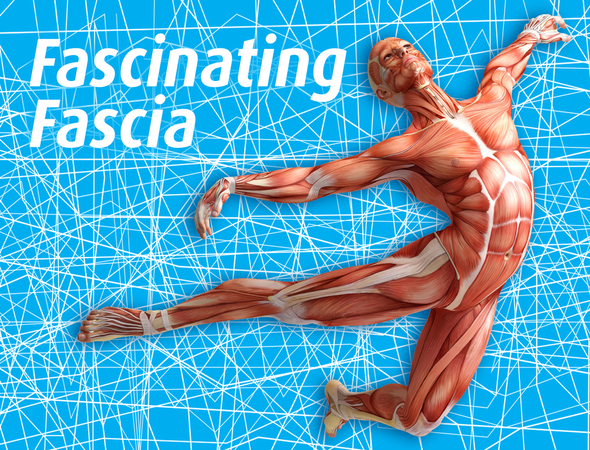




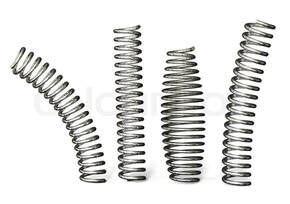
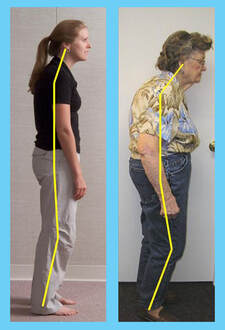
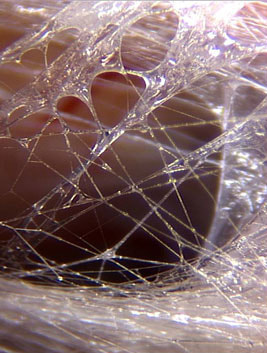
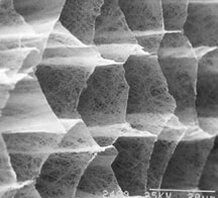

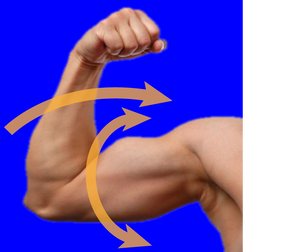
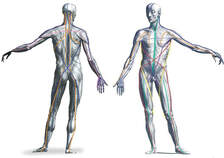
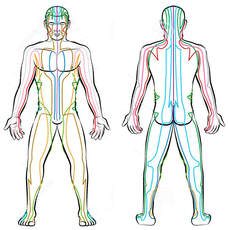
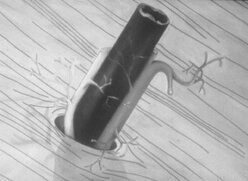
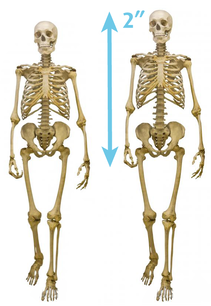

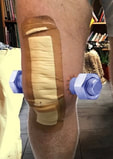
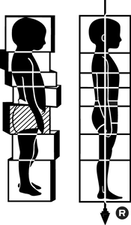
 RSS Feed
RSS Feed